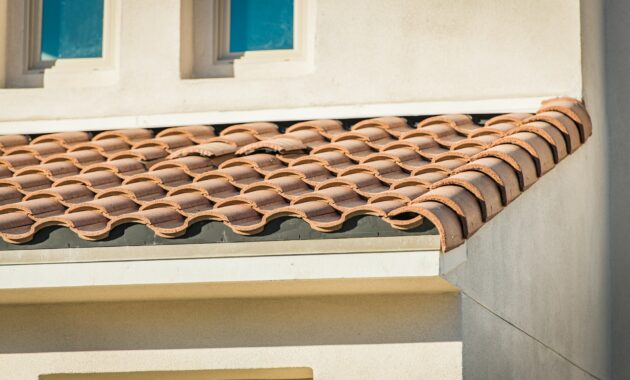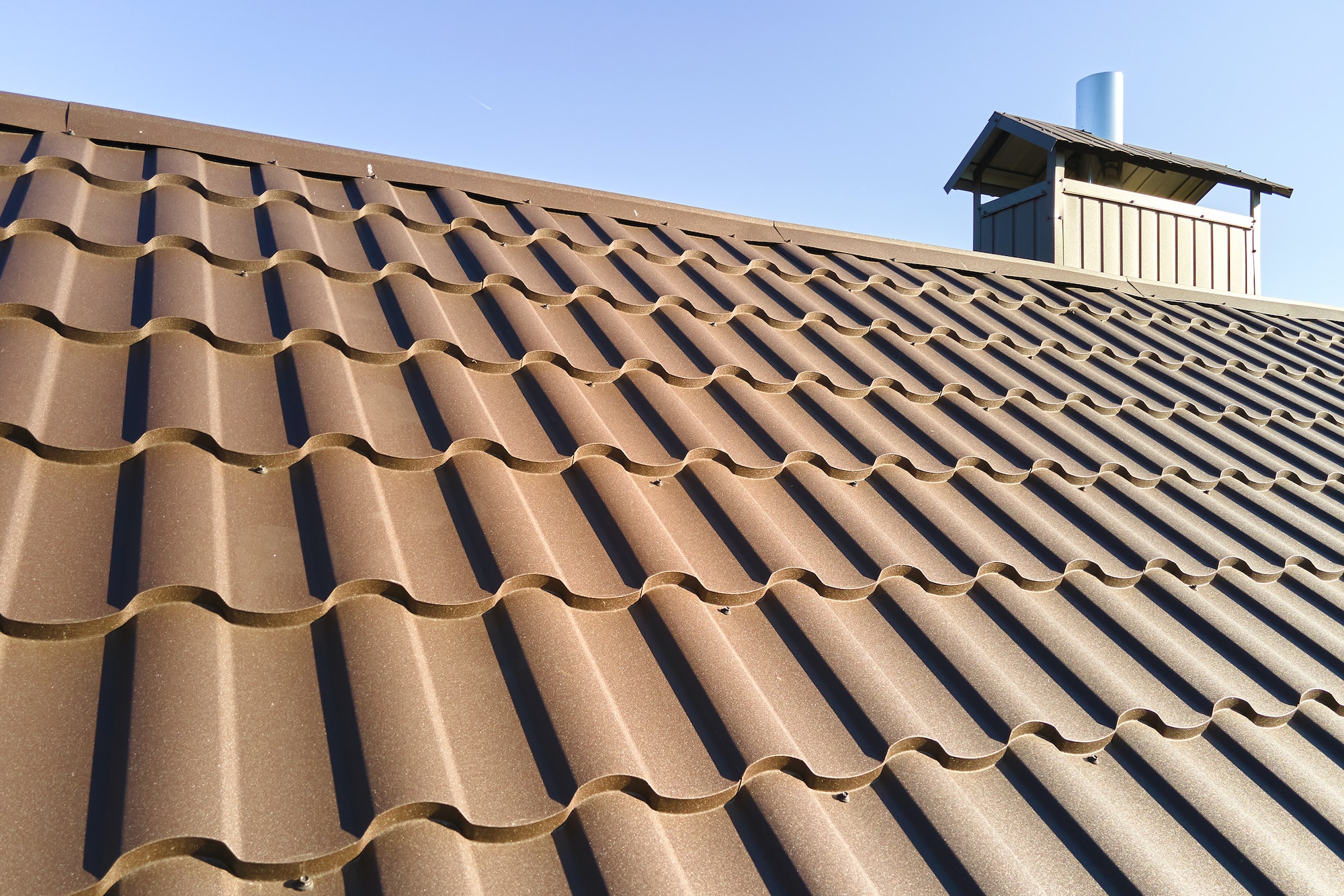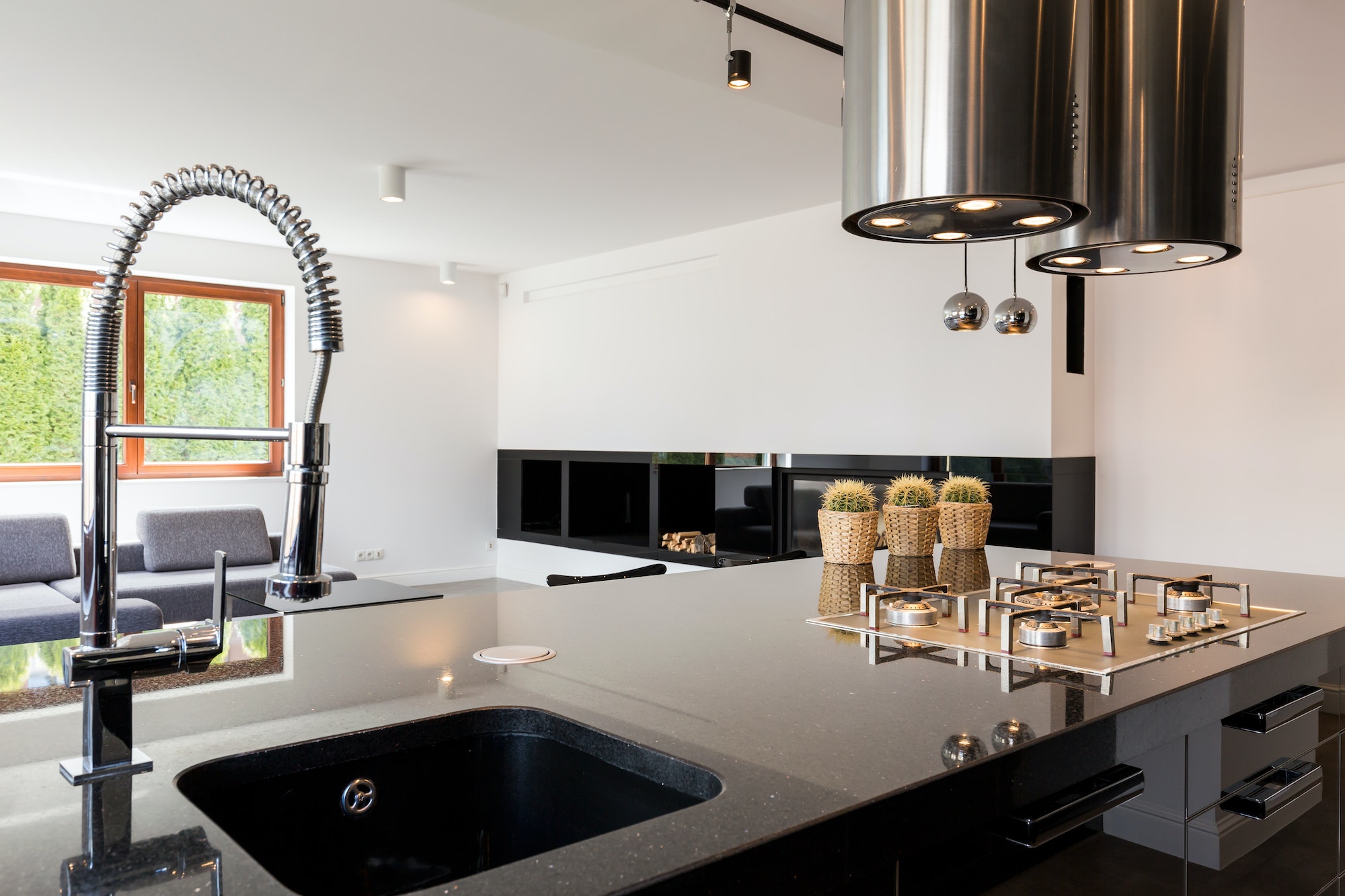We must take proper care of our roof and ensure it stays in good condition throughout its lifespan. After all, your roof is one of the main components that shield you and your family from weather elements like rain, wind, snow, dust, and extreme temperatures. Regular wear and tear can lead to expensive repairs or replacements if not caught or treated quickly enough. But with a few simple tips and tricks, you can take better care of your roof year-round – saving time and money in the long run.
1. Understand the Different Types of Roofs and Their Benefits
One of the first steps in properly caring for your roof is understanding its unique characteristics and needs. Different types of roofs have other benefits and challenges, and understanding these differences can help you choose the right maintenance plan for your roof. For example, asphalt shingle roofs are a popular choice for residential homes because they are relatively affordable and easy to install. On the other hand, metal roofs are a durable and long-lasting option that can provide better protection against extreme weather conditions. Flat roofs are commonly used for commercial roofing because they are easy to install and maintain and offer much usable space for HVAC units and other equipment. Whatever type of roof you have, it’s essential to know its specific characteristics to develop a maintenance plan that meets its needs.
2. Inspect Your Roof Regularly to Ensure It’s in Good Condition
Be sure to check for any signs of damage regularly, as it’s vital for the safety of your home and loved ones. Whether shingles have broken off or come loose due to harsh weather or your flashing has caused a leak, ignoring things like this can lead to costly repairs in the future. It’s best to assess your roof to catch any disrepair immediately and routinely. Fortunately, as long as you don’t ignore existing roof issues, maintaining and repairing your roof is relatively easy and cost-effective; replace damaged shingles or flashing when needed and ensure there are no clogged gutters. That way, you’ll ensure your roof is always in good condition.

3. Clean Your Gutters Regularly to Avoid Clogging
Believe it or not, our gutters deserve attention from time to time. After all, if too much debris accumulates and blocks them, many problems can occur. Avoid future issues by taking the time now to clean your gutters as regularly as possible. Removing all the leaves, twigs, shingle grit, and other material that can accumulate over time will help them more effectively redirect water away from your home’s foundation. Additionally, you’ll prevent potential flooding, roof damage, and insect infestations – ensuring the job is done right is essential.
4. Install Insulation to Cut Down on Energy Costs
A properly installed insulation system in your home can be the difference between feeling drafty and cozy during winter. It’s not just about comfort — it’s also an opportunity to increase your savings on utility costs, as good insulation will help you reduce the amount of energy necessary to heat and cool your home. With proper installation, your insulation can provide a welcome barrier against heat transfer in both summer and winter while sealing air leaks to ensure that no conditioned air escapes through tiny gaps or cracks.
5. Place Reflective Panels On Your Roof To Reduce Heat Buildup
Heat buildup on your roof can be more than uncomfortable, especially during long summer days. Fortunately, an easy solution for alleviating it is installing reflective panels. Reflective panels prevent heat from being absorbed into the roof, keeping your home’s interior cooler by blocking out sun rays and allowing air to move beneath the roof’s surface.
They also use less energy than air conditioning, making them an even more cost-effective choice. With all these fantastic benefits, reflective panels are an excellent option for reducing the amount of heated air accumulating in your home this summer.
6. Seal Cracks To Prevent Further Damage
Sealing cracks and other openings does a tremendous amount of good in terms of longevity for any structure—a building, a bridge, or even an outdoor deck. It can be as minor as just putting some caulk into the crevices around your windows and doors, or it could range to more severe fixes like repairing deteriorated wood or brick surfaces.
However big the job might be, sealing up crusty cracks is essential for preventing further damage from occurring down the line since what might seem like only cosmetic deterioration now can easily escalate into much more serious structural issues if not addressed immediately. So while it might not be fun to work on repairing those creepy crevices, getting ahead can save you a headache (and money).
With today’s advancements in roofing technology, there are now more options than ever for keeping your home safe and energy-efficient. When you invest in regular maintenance and pay attention to what’s going on with your roof, you can be sure it will stay strong and keep your home safe. Taking these steps will also help save money on energy costs in the long run, which is a bonus.
Discover more from Futurist Architecture
Subscribe to get the latest posts sent to your email.



